Thunderstorm season can be a challenging time for many dog owners, as their furry companions often struggle with anxiety and fear triggered by these storms. The loud claps of thunder, bright flashes of lightning, and even changes in atmospheric pressure can be deeply distressing for dogs, leading to a range of anxious behaviors. For some dogs, this fear can be so overwhelming that it disrupts their daily routines and affects their overall well-being. Recognizing these challenges, it’s crucial for dog owners to prepare in advance, equipping themselves with strategies and tools to help prepare their dogs for thunderstorm season more comfortably. Proactive preparation not only helps in alleviating a dog’s anxiety but also ensures their safety during these potentially frightening natural events.
Understanding Canine Storm Anxiety
Thunderstorms can induce significant anxiety in dogs for several reasons, each contributing to a heightened sense of fear and discomfort.
Causes of Storm Anxiety in Dogs:
- Loud Noises: The sudden and loud noises of thunder can be startling and frightening for dogs. Their acute sense of hearing makes these sounds more intense, and the unpredictability of thunderclaps can add to the stress.
- Atmospheric Pressure Changes: Dogs are sensitive to changes in atmospheric pressure that accompany storms, which can cause discomfort or disorientation.
- Flashing Lights: The bright flashes of lightning can be alarming, particularly for dogs with sensitivity to changes in lighting.
Symptoms of Storm Anxiety:
- Panting and Pacing: One of the most common signs of anxiety is excessive panting and pacing around the house. Dogs may seem unable to settle down and appear restless.
- Hiding: Many dogs seek shelter under furniture, in closets, or in other secluded areas as a way to escape the storm.
- Barking or Whining: Dogs may bark, whine, or howl in response to the sounds of the storm, expressing their distress vocally.
- Shaking or Trembling: In more severe cases, dogs might shake or tremble uncontrollably during a thunderstorm.
- Destructive Behavior: Some dogs may exhibit destructive behaviors, such as chewing or clawing at furniture, as a way to cope with their anxiety.
Understanding these symptoms and the reasons behind them is the first step in effectively helping your dog during thunderstorm season. Recognizing the signs of storm anxiety allows dog owners to respond with appropriate and comforting measures to ease their pets’ fears.
Creating a Safe Space
During thunderstorms, a safe and comfortable space can significantly help in alleviating your dog’s anxiety. This secure area serves as a retreat where your dog can feel protected and calm amidst the chaos of a storm.
Tips for Creating a Comfortable Area
- Choose a Quiet Room: Select a room in your house that is typically quieter and less affected by the noise of thunder. This could be an interior room with fewer windows.
- Use a Crate: If your dog is crate-trained and views the crate as a safe space, place it in the chosen room. Make sure it’s comfortable with familiar bedding.
- Provide Comfort Items: Include items that might comfort your dog, such as blankets, favorite toys, or items carrying your scent. These familiar smells and textures can be soothing.
- Create a Cozy Bed: Set up a special bed or area with pillows and blankets where your dog can curl up and feel secure.
- Limit Outside Stimuli: Close curtains or blinds to block flashing lights and consider playing soft, calming music or white noise to muffle the sound of thunder.
Desensitization and Counterconditioning
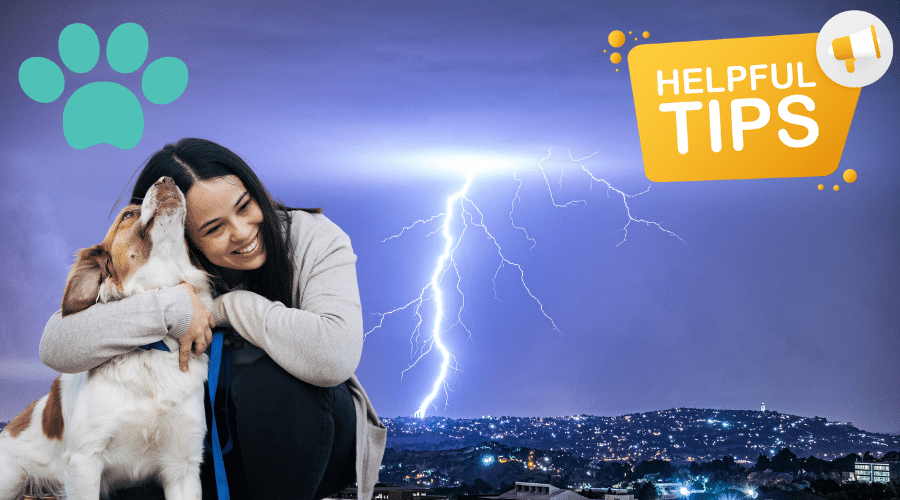
Desensitization and counterconditioning are effective techniques in helping dogs overcome their fear of thunderstorms. These methods gradually reduce a dog’s anxious response and associate the storm with positive experiences.
Desensitization Techniques
- Gradual Exposure: Start by playing recorded sounds of thunderstorms at a low volume in a controlled environment. Over time, gradually increase the volume as your dog becomes accustomed to the noise.
- Consistent Training: Conduct these sessions regularly but without overwhelming your dog. The goal is to slowly acclimate them to the sounds of a storm.
Counterconditioning Methods
- Positive Associations: During the desensitization sessions, pair the storm sounds with positive experiences. Offer treats, engage in playtime, or provide cuddles as the sounds play in the background.
- Change the Response: The idea is to change your dog’s emotional response to the sound of thunder from fear to something positive. Over time, the sound of thunder will trigger a less anxious, more neutral, or even positive response.
Behavioral and Training Tips
Effective training techniques can play a significant role in helping dogs stay calm during thunderstorms. Teaching your dog certain cues and engaging them in activities can divert their attention from the fear-inducing stimuli.
Training Techniques for Calmness
- Relaxation Cues: Train your dog to respond to relaxation cues. This could be a specific word, gesture, or action that signals them to lie down and relax. Practice these cues regularly in a calm environment before using them during storms.
- Distraction Techniques: Engaging your dog in a favorite activity or game during a storm can help distract them from the noise. This could include puzzle toys, chewing toys, or a game of fetch in the house.
- Calm Environment: Create a calm atmosphere in the house during a storm. Your own calm and composed demeanor can influence your dog’s behavior. Dogs often mirror their owner’s emotions and behaviors.
Avoid Reinforcing Fearful Behavior
- Non-reinforcement: Be cautious not to inadvertently reinforce fearful behavior. While it’s important to comfort your dog, overly coddling or showing anxiety can reinforce the idea that there is something to fear.
- Balanced Attention: Offer comfort and assurance in a balanced manner. Encourage calm behavior and reward it when it occurs.
Considering Professional Help
In cases where a dog’s storm anxiety is severe and difficult to manage, seeking professional assistance can be the best course of action.
When to Seek Professional Help
- Severity of Anxiety: If your dog’s anxiety during storms is leading to destructive behavior, self-harm, or extreme panic, it’s time to consult a professional.
- Ineffectiveness of Home Techniques: If the strategies you’ve implemented at home aren’t making a significant difference, a professional dog trainer or behaviorist can offer more specialized techniques and guidance.
Additional Aids and Professional Advice
- Anxiety Vests or Wraps: Products like anxiety vests or wraps can provide a sense of security to some dogs during storms. They work by applying gentle, constant pressure, akin to swaddling an infant.
- Consultation with a Veterinarian: Before using any anti-anxiety medications or supplements, it’s crucial to consult with a veterinarian. They can provide appropriate medications and dosages based on your dog’s specific needs and health profile.
Additional Precautions During Storms
Taking extra precautions during storms is vital to ensuring the safety of your dog. Storms can be unpredictable, and a frightened dog may react in ways that could put them in harm’s way.
Safety Measures During Storms
- Secure Fencing: Ensure that your yard’s fencing is secure. A frightened dog might attempt to escape by jumping over or digging under fences during a storm.
- Proper Identification: Make sure your dog wears a collar with ID tags, and consider microchipping if you haven’t already. This is crucial in case your dog becomes startled and runs away.
- Safe Indoor Space: Keep your dog indoors during a storm. If they need to go outside, accompany them to ensure they don’t run off.
- Close Supervision: During a storm, keep a closer eye on your dog. Their anxiety may lead to unexpected behaviors.
Staying Informed About Weather Forecasts
- Monitor Weather Reports: Keep an eye on weather forecasts, especially during thunderstorm season. Knowing when to expect a storm allows you to prepare in advance.
- Plan Ahead: If a storm is forecasted, take your dog out for bathroom breaks and exercise before it arrives. This helps in reducing their discomfort during the storm.
Final Word
Preparing dogs for thunderstorm season requires a blend of patience, understanding, and proactive measures. From creating a safe and comfortable space to using desensitization techniques, and from training them to remain calm to ensuring their safety during a storm, each strategy plays a crucial role in helping your dog cope with storm anxiety. Remember, each dog is unique, and their reactions to storms can vary. Observing your pet closely and responding to their needs is key to navigating these challenging times successfully.
With the right approach, you can help ease your dog’s anxiety, ensuring their comfort and safety, and, in doing so, deepen the bond you share with your canine companion. Dog owners should embrace these strategies not only as a part of responsible pet care but as an extension of the love and commitment they have to their furry family members.

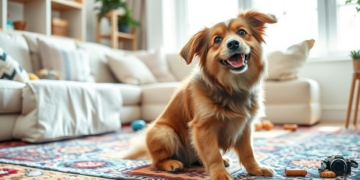
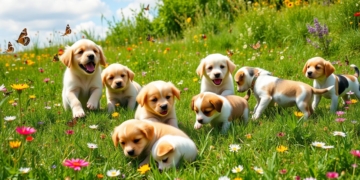

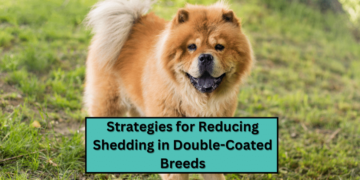





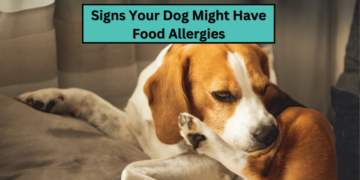

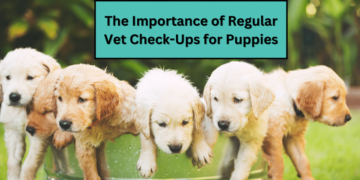





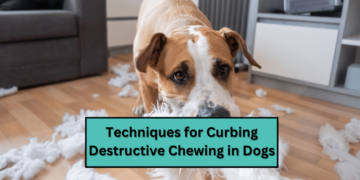

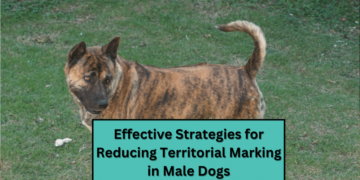
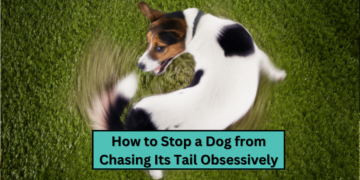
















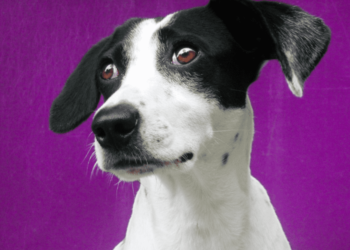











Discussion about this post